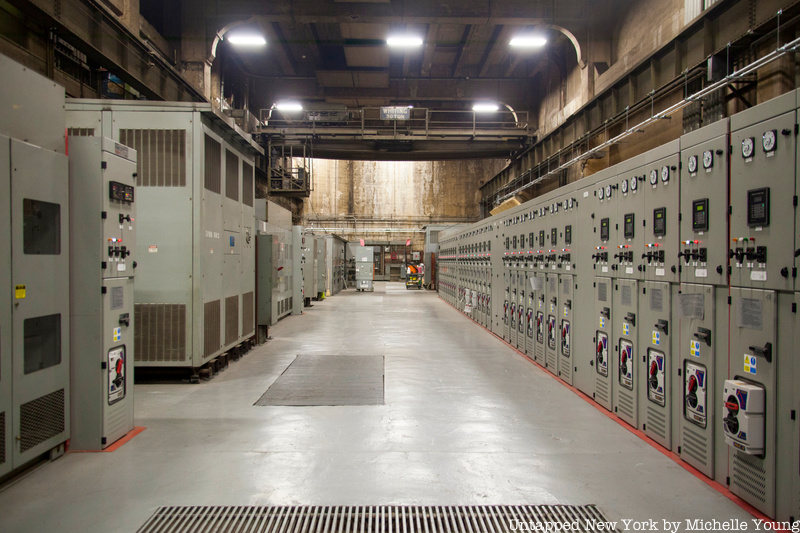6. Grand Central’s substations could provide power to service all train movement within the Northeast

The argument has been made that if the Nazis had managed to take out M42’s substations during World War II, all train movement in the Northeast would cease. In reality, during World War II, M42’s two substations worked alongside eight others to convert power for usage by trains throughout the Northeast. This signifies that had the substations been disabled, disruptions would have ensued — particularly for Grand Central and the nearby buildings and hotels that depended on their power exclusively — but Northeast rail lines as a whole would not have ceased functioning.
It has also been claimed that a bucket of sand dropped onto the substation’s 10 rotary converters could entirely disable the electrical system it powered. When opened in 1930, the converters illuminated more than 100,000 electric lights, helped move 650 trains and 325 elevators daily, and supplied 28 buildings with heat and hot water. The truth is that the sand would have only temporarily damaged the rotaries and any fried parts could have been easily replaced to restore the rotary. Moreover, one bucket of sand would have only taken out one rotary, and as M42 had 10, the ensuing damage would not have been enough to topple its entire electrical system.





